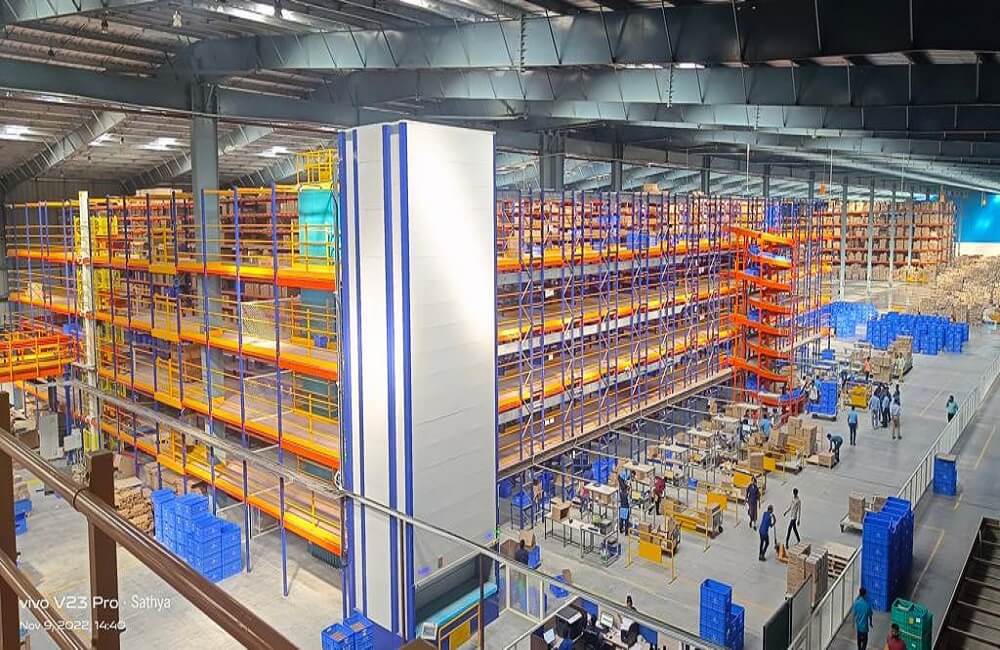India’s carbon emissions are on the rise as the nation strives for economic development, with projections indicating a peak around 2040-45. While not the worst offender globally, India’s growing carbon footprint is primarily driven by key sectors crucial to its economic growth. Among these sectors, the energy industry, industrial activities, and transportation play significant roles, highlighting the importance of addressing emissions across various domains.
India’s position in the global landscape of greenhouse gas (GHG) emissions and energy use underscores the nation’s commitment to addressing climate challenges. While India ranks high in GHG emissions and energy use categories, its medium ranking in climate policy and renewable energy highlights the need for accelerated efforts in these areas. Despite being the world’s most populous country, India maintains relatively low per capita emissions, positioning it favourably in the pursuit of climate targets, according to Climate Change Performance Index.
The warehousing and logistics sector
The logistics and warehousing sector in India has seen remarkable growth in recent years, driven by various factors such as the designation of ‘Infrastructure’ status to the industry, the rapid expansion of e-commerce and related services, the burgeoning needs of the consumer market, and the government’s emphasis on positioning India as a global manufacturing hub. This surge in demand for warehousing facilities, particularly Grade A, ESG-compliant warehouses equipped with modern storage solutions, has significantly increased in India.
According to a report by JLL, the total warehousing stock, including Grade A and B facilities, in eight major cities stood at 371 million square feet by the end of 2023, marking a substantial increase from 329 million square feet the previous year. However, warehouses play a crucial role in the carbon emissions landscape of the logistics sector, accounting for approximately 11% of emissions attributed to warehouse activities.
Reducing Carbon Emissions in Warehouses
Energy-Efficiency: Switching to energy-efficient LED lighting systems and maximised natural daylight provision can significantly reduce electricity consumption and carbon emissions. LED lights consume less energy and have a longer lifespan compared to traditional lighting options. Also, by introducing energy monitoring systems empower organisations to optimise energy usage, and actively contribute to carbon emission reduction. Additionally, warehouses are significant consumers of water, particularly due to the utilisation of sprinkler systems and fire suppression equipment. Implementing water recycling and rainwater harvesting methodologies can effectively reduce water wastage and encourage sustainable water management practices.
Renewable energy sources: Investing in renewable energy sources such as solar panels can help warehouses generate their electricity sustainably. By harnessing solar energy, warehouses can reduce reliance on fossil fuels and lower their carbon footprint.
Efficient HVAC systems: Upgrading heating, ventilation, and air conditioning (HVAC) systems to more energy-efficient models can lead to substantial energy savings and reduced emissions. Implementing smart HVAC controls and optimising temperature settings can further enhance efficiency.
Green building materials: Contemporary warehouses prioritise sustainability by opting for eco-conscious building materials with reduced environmental footprints. These materials often include recycled or reclaimed components, alongside low VOC paints and sustainable flooring alternatives. Such selections not only minimise waste but also enhance indoor air quality, creating a healthier workspace. Furthermore, adherence to globally recognised standards such as EDGE and LEED certifications positions these warehouses as exemplars of sustainability, setting a fresh standard within the industry.
Waste management practices: Implementing effective waste management practices, such as recycling and composting, can reduce waste sent to landfills and mitigate greenhouse gas emissions. Additionally, investing in waste-to-energy technologies can help convert organic waste into renewable energy.

COO
TVS ILP
Optimised operations: Streamlining warehouse operations and optimising workflows can minimise energy consumption and emissions. Strategies such as efficient inventory management, route optimisation, and load consolidation can help reduce the carbon footprint of warehousing activities.
Employee engagement and training: Educating warehouse staff about energy-saving practices and encouraging employee engagement in sustainability initiatives can foster a culture of environmental responsibility. Empowering employees to identify and implement energy-saving measures can lead to continuous improvement in sustainability performance.
As the warehousing and logistics industry continues to expand rapidly, addressing the environmental impact of warehouse operations becomes increasingly critical. Looking ahead, there is immense potential for the industry to leverage efficient power storage technologies, enhancing the viability of renewable energy sources like wind and solar. Moreover, by prioritising the use of low-carbon materials in construction and implementing energy-efficient design and operations, both embodied and operational carbon can be effectively reduced.
As we continue to navigate the transition toward a greener future, collaboration between industry stakeholders, policymakers, and environmental advocates will be crucial. By working together and embracing innovative solutions, we can create a more sustainable warehousing and logistics sector that not only meets the needs of today but also preserves the planet for generations to come.



